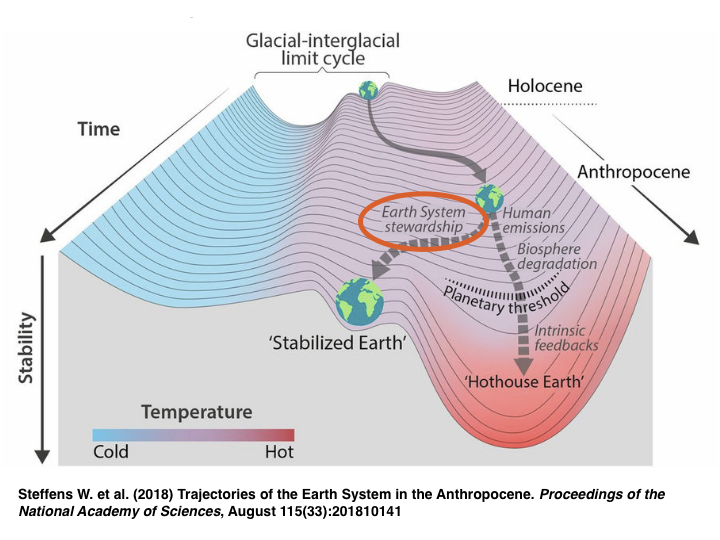The implementation of the 17 Sustainable Development Goals as well as other approaches to sustainability transformations including stabilizing the geophysical planetary life support system require the capacity of multiple actors to better understand not only dynamics of the Earth System, but also the features and dynamics of societal change processes. Only this will eventually lead to more effectively designing transformative change. Collective Stewardship for transformations by multiple actors will mot work in a command-control style of steering – it requires networks of collective action at all levels of the global society. Transformation literacy can be seen as the knowledge and capacity of collectives of decision-makers, change agents and institutional actors to steward sustainability transformations effectively together across institutions, societal sectors and nations.
This is beginning to happen with the emergence of global transformation networks with multiple stakeholder around sustainable solutions (e.g. SDSN), water management (e.g. CEO water mandate), or climate action networks (e.g. Science Based Target Initiative), to name just a few.
- But do these initiatives take a holistic approach?
- Do they take spectrum of questions into account that address an issue from multiple perspectives at the same time?
- Do they take the human mind and the human heart into account when they suggest pathways to transformations?
Collective action is always based on a number of premises:
- The understanding of an urgency or necessity
- A sense of belonging (even if to a pioneering group of future-makers)
- A sense of responsibility for the future which creates meaning
- Tangible pathways and actionable plans
- A sense of ownership and the feeling to be part of designing the future together
This leads to the human capacity to collectively identify and shift the dysfunctional patterns of interaction that currently occur between people and between people and nature. In their article on the big shifts needed for a large-scale systems change a group of scientists (Rockström et al. 2018) mention that tackling the big challenges of humankind „requires a deep integration of knowledge from biogeophysical Earth System science with that from the social sciences and humanities on the development and functioning of human societies (5).“

